
You met the world champions and found, I hope, some of their best moves.
Now it's time to bring the story up to date.


|
In a previous lesson we looked at the history of chess up to 1946. You met the world champions and found, I hope, some of their best moves. Now it's time to bring the story up to date. 
|
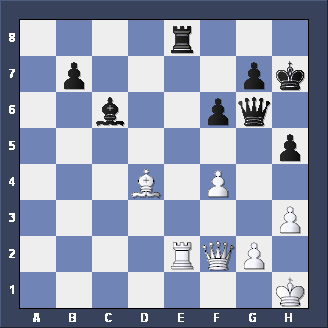
|
Can you see how Botvinnik, playing Black, found a way to win material in this position?
 




|
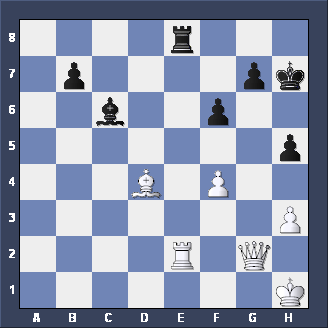
|
The move Botvinnik found was Qg6xg2+, forcing White to take the Queen and reaching this position. What happened next?
 




|
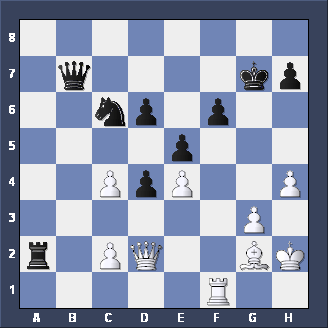
|
In this position Smyslov, playing White, found a clever way to gain the advantage. Can you do as well?
 




|
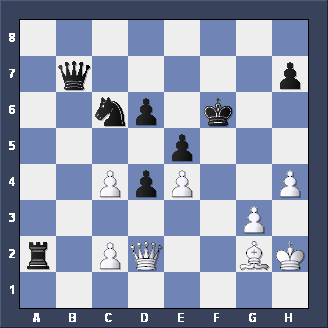
|
 




|
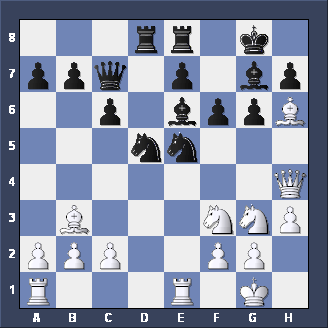
|
 




|
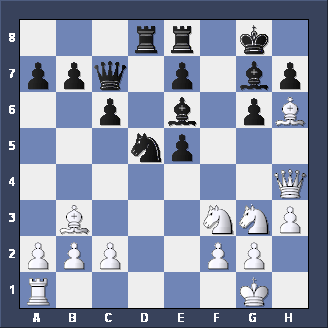
|
Tal's move was Re1xe5 - an EXCHANGE SACRIFICE. Black had nothing better than to take the Rook. Can you work out what Tal played next?
 




|
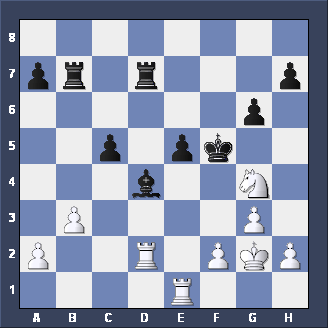
|
 




|
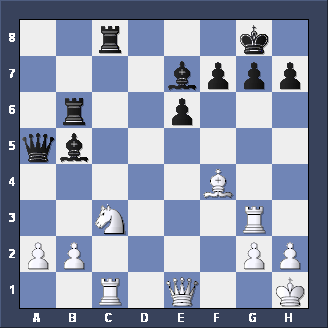
|
Spassky, playing White in this position, found a really sneaky way of winning material. Can you do as well? This one's not so easy to see.
 




|
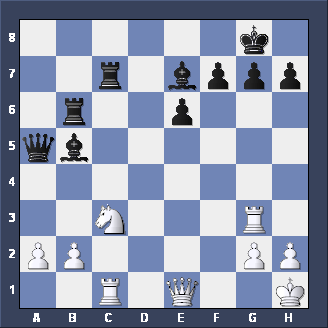
|
Spassky's first move was Bf4-c7, PINNING the Black Rook against the Queen. But Black can - and did - just take the Rook. Can you find the follow-up to that move?
 




|
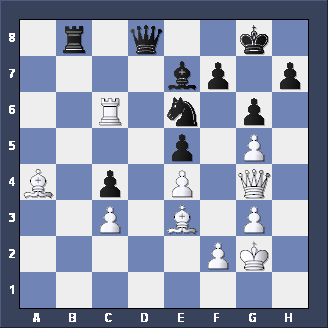
|
Can you guess what Bobby Fischer (White) played in this position?
 




|
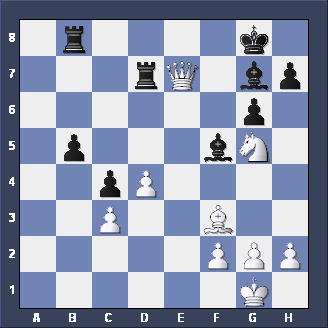
|
 




|
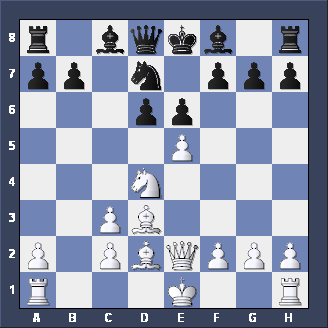
|
 




|
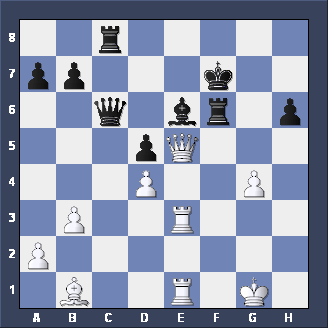
|
 




|
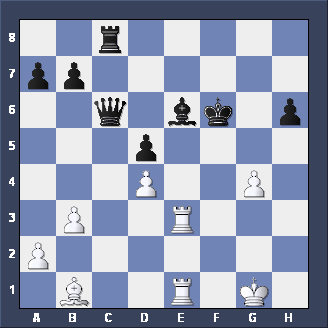
|
 




|

|
 
|